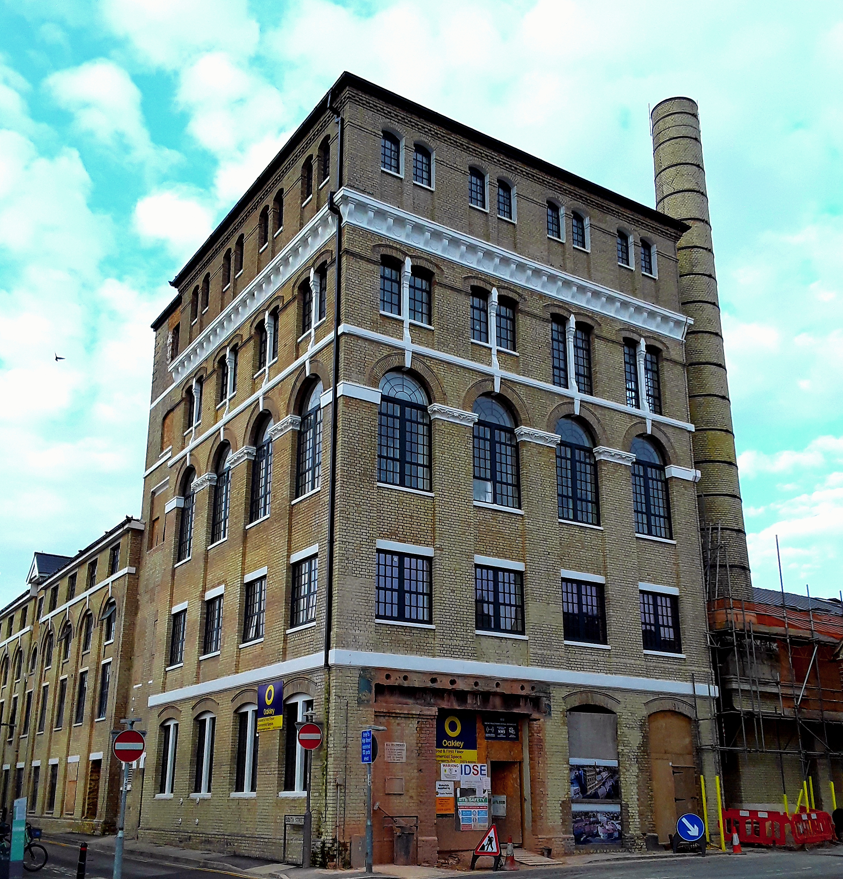Last week, Brighton and Hove City Council adopted its City Plan Part 2. This is the policy document which helps the council decide what can and cannot be built in the city.
While there is much about the City Plan Part 2 to be proud of, it is not perfect. Earlier in the process, Green councillors submitted many amendments and were pleased to see these reflected in the plan.
However, some of our requests – such as for more extensive ecological studies and 100 per cent genuinely affordable housing on green spaces – were not taken forward.
We could not allow perfection to be the enemy of the good, however. We accepted that, even with our concerns, the greater risk to our city and environment was not to have a plan.
This would expose the city – and its green spaces (known as the urban fringe) – to uncontrolled development under the government’s National Planning Policy Framework. It could see more green spaces under attack and even less affordable housing being built.
It has therefore been disappointing to see Conservative colleagues misleading residents into thinking that not adopting the plan would mean the protection of green spaces such as Benfield Valley.
The council must satisfy the Secretary of State that there are sufficient sites coming forward to ensure an adequate supply of new homes.
As a result, the council has earmarked about 7 per cent of the urban fringe for possible development, suggesting (in City Plan Part 2) that this may be suitable for self-build and community-led housing.
But I want to highlight some of the benefits of the City Plan. If we were ever in any doubt, the pandemic has shown us the importance of outdoor space.
Under the plan, all new residential development will have to have useable private outdoor space in line with the scale and character of the development.
This will improve the health and wellbeing of the city’s residents and their general quality of life. It also has the potential to support and enhance local biodiversity and can contribute to existing ecological and green infrastructure networks.
The plan will also allow the council to resist any net loss of existing residential accommodation in the city. This is key.
Brighton and Hove already has a chronic shortage of affordable housing. We cannot add to that. Across the country, there have been instances of tower blocks being replaced with rows of low-density identikit homes. The result? A massive loss of affordable housing.
As I write this, I am about to visit some of the council’s seniors housing schemes. According to the City Plan, when it comes to housing for older people, planning will be granted where this is “suitable for the intended occupiers in terms of the standard of facilities, the level of independence and the provision of support and/or care”.
During the pandemic, the fact that the council had managers looking after our housing schemes made it far easier to ensure proper covid measures were in place than was the case, for example, in some housing association properties where there was little or no on-site – or even local – support.
In terms of mental health, one in six people in the UK, and one in five people across Brighton and Hove needs support with their mental health.
The City Plan sets out how the council will try to ensure there is a proper range and supply of residential accommodation for people with special needs.
Planning permission will be granted for supported accommodation for people with specialist and vulnerable needs where the development meets certain criteria.

The recent scrapping of plans to use the Old Brewery in Portslade to house people with complex mental health needs shows the ongoing stigma around mental health and the need to explain such schemes in advance.
In this case, assumptions were made about future residents’ substance misuse. This led to the feelings of local people running high and to the proposals being withdrawn after an acrimonious public meeting.
In the end, the people who lost out were those with mental health needs who would have benefited from this NHS-commissioned supported accommodation.
This week I attended the memorial service for the long-serving Hove councillor, Garry Peltzer-Dunn. As well as being kind and the perfect gentleman, he was also open to different political views. He will be much missed within and outside the council chamber.
As we decide how best to support all members of our community, including people whose primary need is around their mental health, we all need to be open to different voices.
Councillor Siriol Hugh-Jones is the Green deputy leader of Brighton and Hove City Council.









Yes, great you are going to build in Be field Valley and refused to accept the concerns of objectors
That’s democracy… Brighton Council style
Utterly shameless.
CPP2 says the sharp increase in congestion since 2010 did not happen, so there are no problems building thousands of new homes.
The abject failure to tackle statutory CO2e reductions and transport sustainability is also neatly side stepped.
But please don’t blame the Greens. Our officers prepare reports and the Greens are no more equipped to say the emperor isn’t wearing any clothes than are many of the other councillors … the system doesn’t work and few, other than XR, dare to challenge it
I always thought Cllr Hugh-Jones one of the more clever Greens, (she was the one who drew up the coalition/agreement document). However she totally misunderstands why the Carbone development was a failure, yes residents were not happy but the charity involved, (as well as NHS and Council), failed to understand that it would need planning permission and failed to be open with the developments Landlord who pulled the plug when the truth was revealed. Still why use the truth.